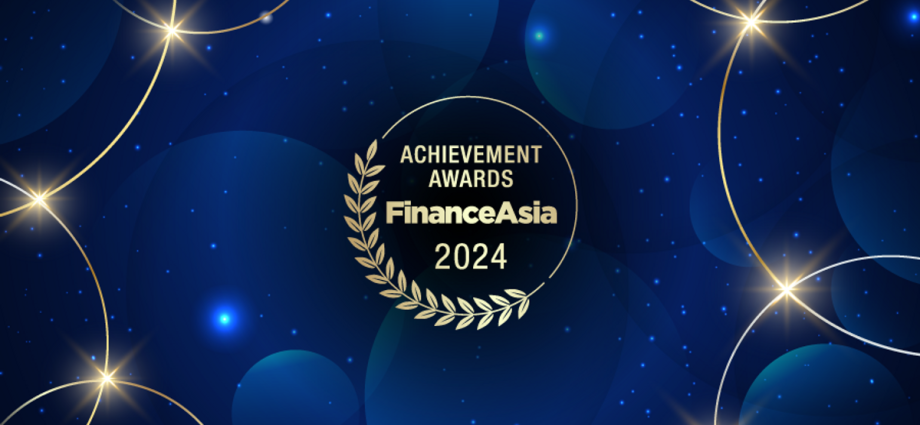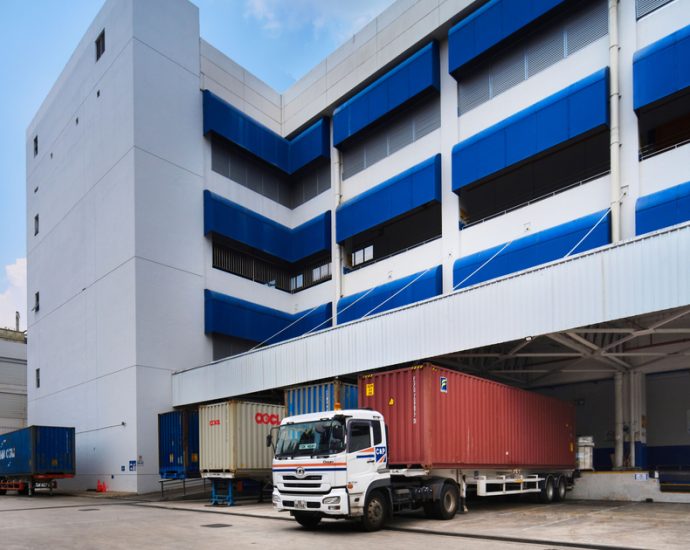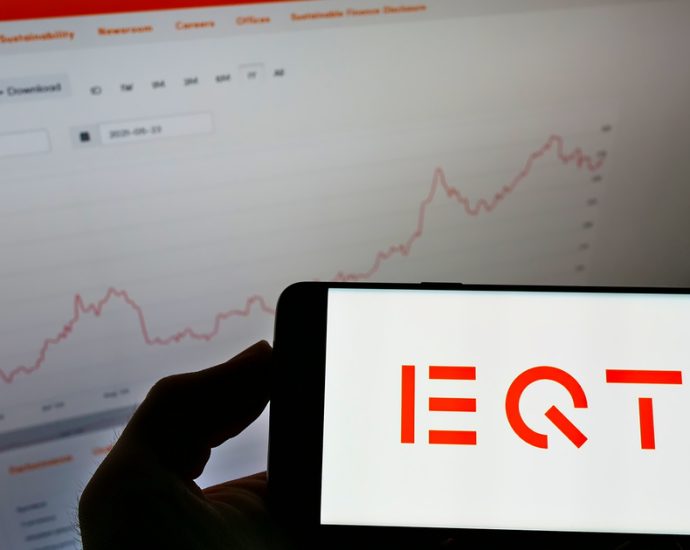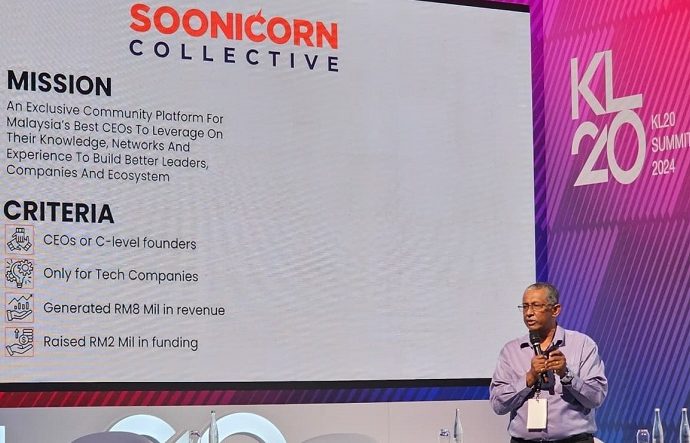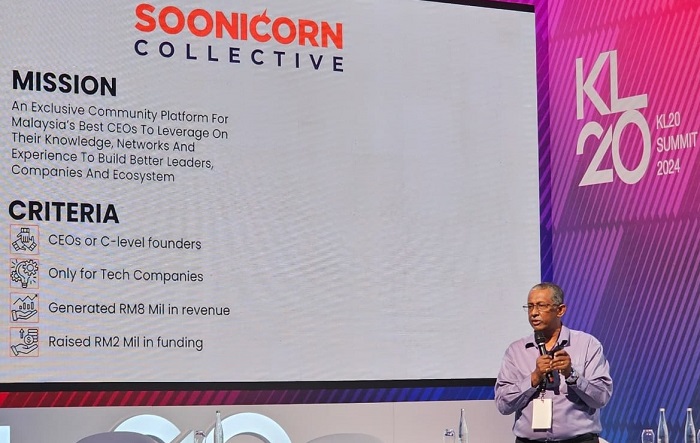FinanceAsia Achievement Awards 2024: entries are now open | FinanceAsia

FinanceAsia’s annual Achievement Awards recognises excellence in bringing together those issuers, banks, investors, advisors and other market participants, who are working hard to develop and expand Asia Pacific’s (Apac) financial markets.
This year, for the first time, we are also looking to recognise excellence in the fast-growing markets of the Middle East.
We are looking to recognise the standout companies and strategies that are redefining the way issuers and investors are interacting with markets and adapting to evolving regulatory requirements and diverse needs, amid an increasingly competitive environment.
There are both Deal awards and House awards across a range of categories and markets. For more details please see here for Apac and here for the Middle East.
In addition, our Deal Maker Poll rewards individuals who have been instrumental in closing some of the region’s most ambitious deals over the last 12 months.
The timeline for the deals is October 1, 2023 to September 30, 2024.
We look forward to your participation and seeing your entries! Please click here to find out how to enter at our dedicated Awards website. For frequently asked questions click here and for list of our experienced judges see here.
Key dates:
August 19: Awards’ launch
Early-bird entry deadline: September 6, 2024
Main entry deadline: September 19, 2024
Entries’ evaluated by judges: October 2 to November 6, 2024
Winners’ announced: November 2024
Awards’ ceremony: February 2025, date TBD
¬ Haymarket Media Limited. All rights reserved.

